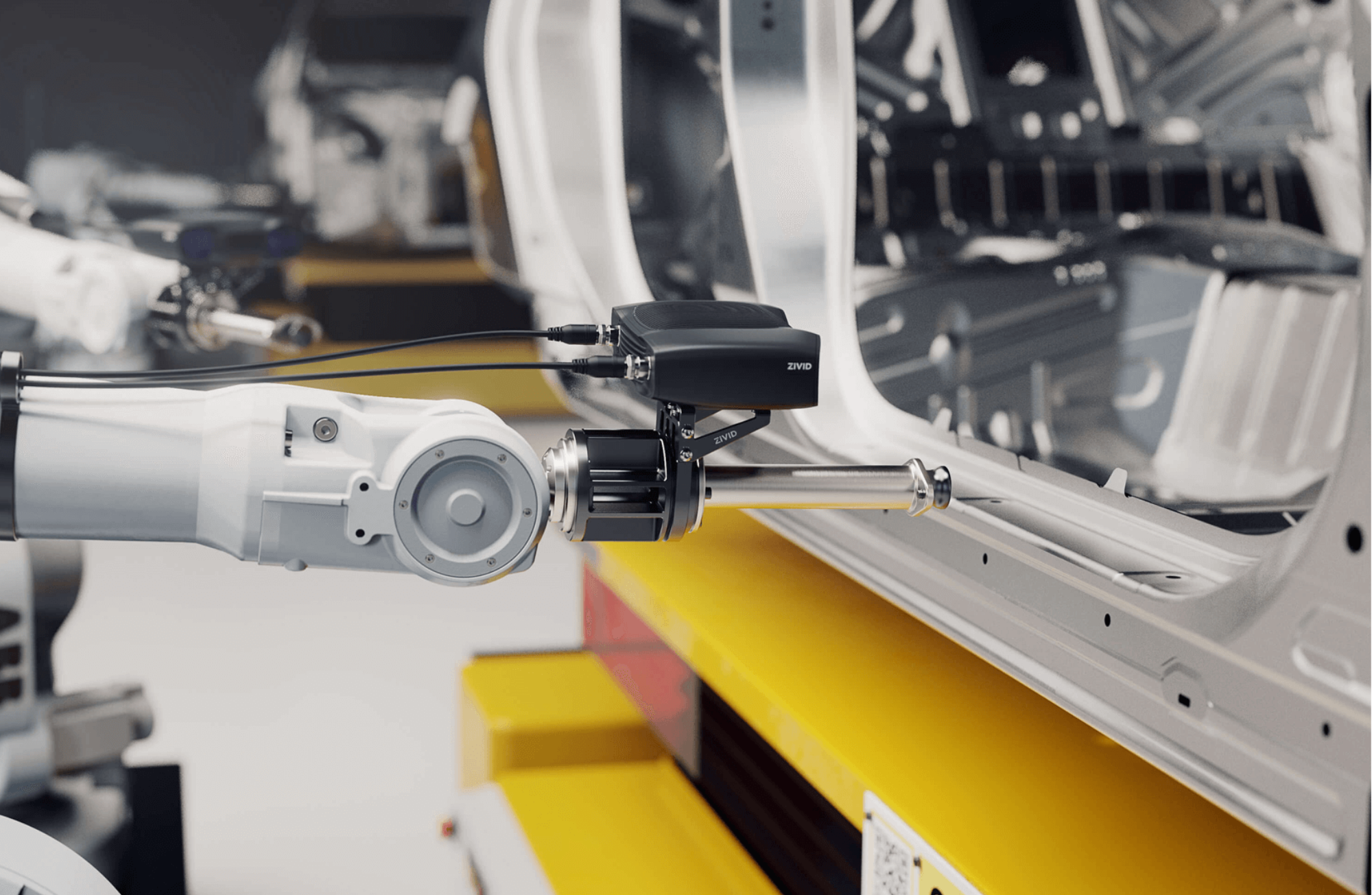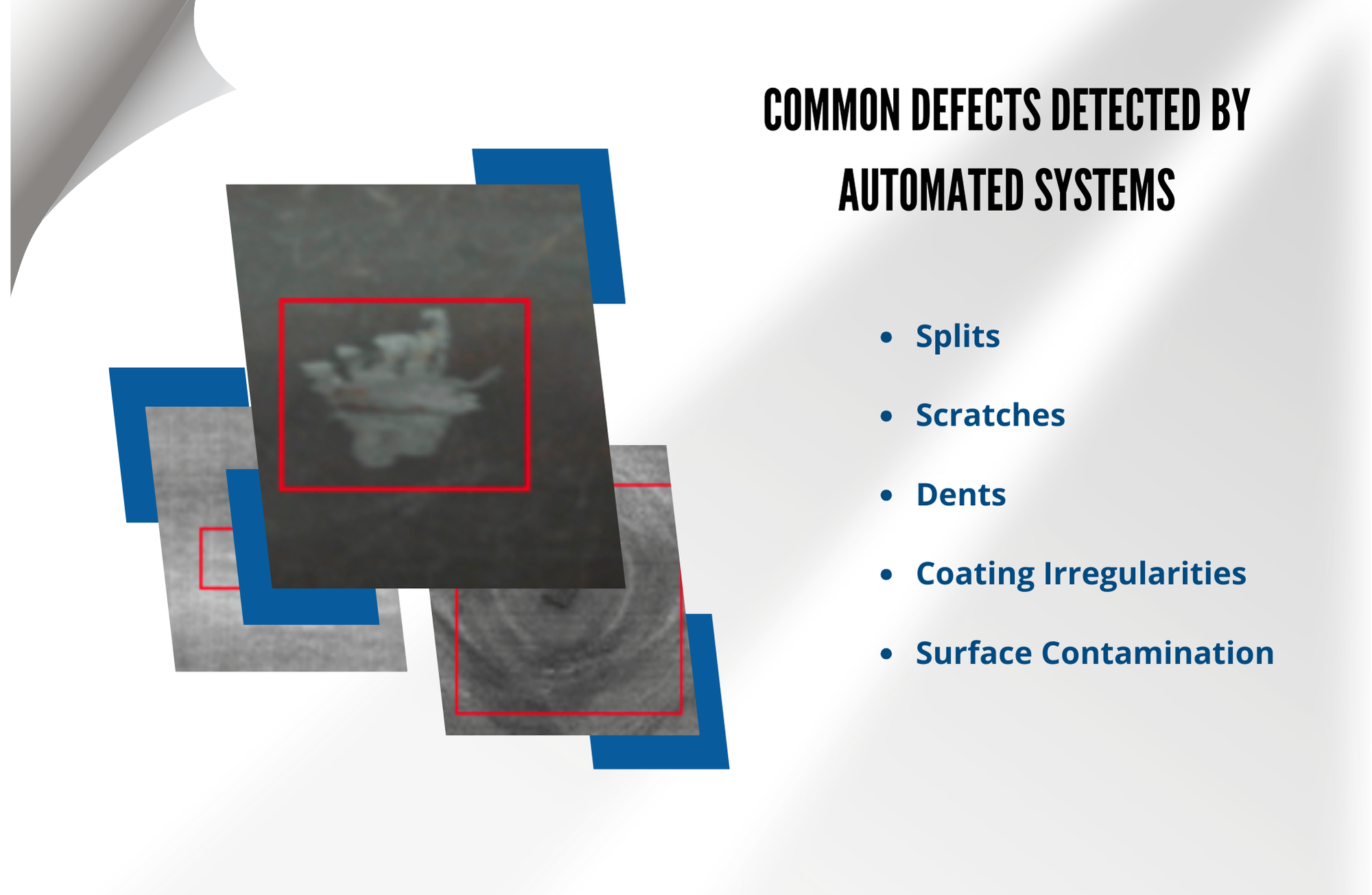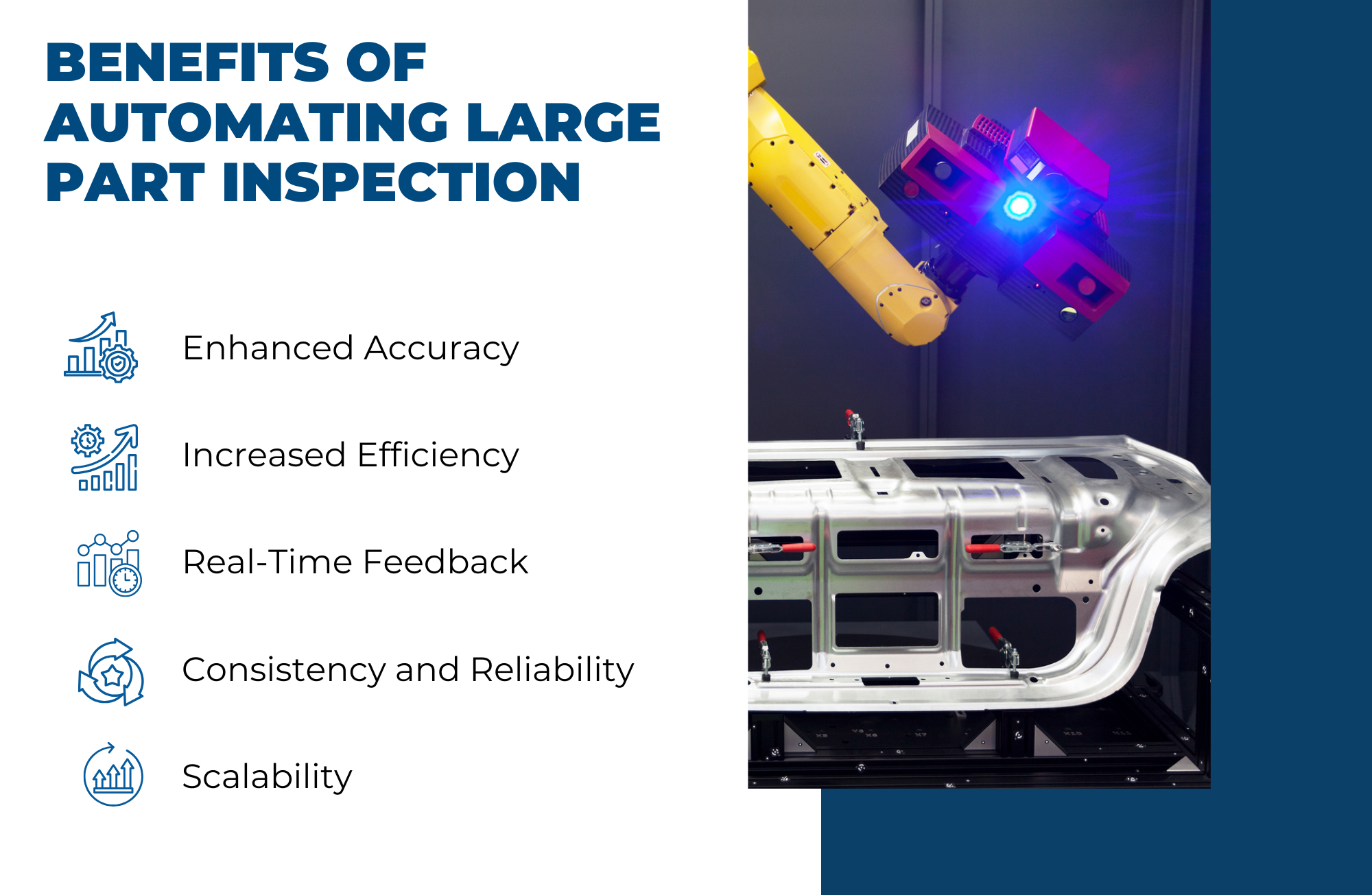Large automobile part inspection automation using Machine Vision Camera and AI Software
Published on: Dec 26, 2024

Written by: Content team, Intelgic
Large Automobile Part Inspection Automation Using Machine Vision Cameras and AI Software
The inspection of large automobile parts, such as doors, hoods, bumpers, and chassis components, is a critical step in the automotive manufacturing process. These parts must meet stringent quality standards to ensure structural integrity, safety, and aesthetic appeal. Automating the inspection process using Machine Vision Cameras and AI-powered software provides a reliable and efficient solution for detecting defects such as splits, scratches, dents, and surface inconsistencies.

Large parts in the Automotive Industry
- Body Panels:
- Inspecting doors, hoods, and bumpers for dents, scratches, and coating inconsistencies.
- Structural Components:
- Ensuring defect-free chassis parts and reinforcements for safety and durability.
- Decorative Parts:
- Verifying surface quality and aesthetics of trim pieces and emblems.
- Engine Components:
- Detecting defects in large engine parts like covers or housings.
Common Defects Detected by Automated Systems
- Splits:
- Surface separations caused by stress during forming or stamping processes.
- Scratches:
- Fine lines or marks caused by handling or machining errors.
- Dents:
- Depressions or dimples resulting from impacts or material inconsistencies.
- Coating Irregularities:
- Uneven paint application, bubbles, or streaks affecting surface quality.
- Surface Contamination:
- Dust, oil, or residue on the part surface that can impact adhesion or appearance.

Challenges in Inspecting Large Automobile Parts
- Size and Complexity:
- Large parts with varying dimensions, curves, and bents require comprehensive coverage and adaptable inspection systems.
- Surface Variability:
- Parts may have reflective, textured, or painted surfaces that can interfere with defect detection.
- Multiple Defect Types:
- Common defects include scratches, dents, splits, coating irregularities, and surface contamination, each requiring specific detection methods.
- Stationary Inspection Requirements:
- Due to their size, these parts are often inspected in stationary booths, necessitating precise positioning and full-surface imaging.
- Consistency in Lighting:
- Uneven lighting can obscure defects, especially on curved or reflective surfaces.
Key Components of Automated Inspection Systems
1. High-Resolution Area Scan Cameras
Area scan cameras are ideal for capturing detailed images of large, stationary automobile parts.
- Wide Field of View:
- Covers large areas with fewer images, reducing processing time.
- High Resolution:
- Captures fine details, enabling the detection of micro-defects like scratches or coating inconsistencies.
- Multi-Camera Systems:
- Multiple cameras positioned at different angles ensure comprehensive coverage of all curves, edges, and bents.
2. Advanced Lighting Systems
Proper lighting is essential for highlighting defects and ensuring consistent imaging.
- LED Illumination:
- Provides bright, uniform lighting across the entire part.
- Diffuse Lighting:
- Minimizes glare on reflective surfaces, enhancing defect visibility.
- Directional Lighting:
- Accentuates surface irregularities like dents or splits by casting shadows on uneven areas.
- Multi-Angle Illumination:
- Ensures all parts of the surface, including curved and bent areas, are evenly illuminated.
3. Uniform Backgrounds
A uniform, single-color background helps eliminate distractions and improves contrast between the part and its surroundings.
- Matte Finish:
- Reduces reflections and enhances defect visibility.
- Contrasting Color:
- Ensures clear differentiation between the part and the background, aiding defect detection.
4. AI-Powered Defect Detection Software
AI software analyzes images captured by the cameras to detect and classify defects with precision.
- Customizable Algorithms:
- Trained on datasets specific to automobile parts and defect types, ensuring high detection accuracy.
- Real-Time Analysis:
- Identifies defects instantly, enabling immediate corrective actions.
- Defect Classification:
- Categorizes anomalies by type, size, and severity for detailed reporting and process optimization.
- Adaptive Learning:
- Continuously improves performance by learning from new defect examples.
5. Stationary Inspection Booths
Large automobile parts are typically inspected in stationary booths designed for stability and optimal imaging conditions.
- Stable Mounting Systems:
- Ensures parts remain stationary during inspection.
- Controlled Environment:
- Eliminates external light interference, dust, or vibrations that could affect imaging quality.
Workflow for Large Automobile Part Inspection
- The part is positioned in a stationary booth with stable mounting and aligned for optimal camera coverage.
- Lighting and Imaging:
- LED lights illuminate the part uniformly, and cameras capture high-resolution images from multiple angles.
- AI Analysis:
- The software processes images in real time to identify defects such as splits, dents, and scratches.
- Defect Reporting:
- The system generates a report detailing the location, type, and severity of defects for corrective actions.
- Sorting and Feedback:
- Parts are sorted based on quality, and real-time feedback is provided to adjust upstream processes if recurring defects are detected.
Benefits of Automating Large Part Inspection
1. Enhanced Accuracy
- High-resolution cameras and AI software detect even the smallest defects with precision.
2. Increased Efficiency
- Automates the inspection process, reducing time and manual labor while maintaining high throughput.
3. Real-Time Feedback
- Provides instant insights into defects, enabling immediate corrective actions and reducing waste.
4. Consistency and Reliability
- Eliminates variability in manual inspections, ensuring consistent quality across production runs.
5. Scalability
- Adaptable to inspect various part sizes, shapes, and surface types, accommodating a wide range of production requirements.

Intelgic’s Expertise in Large Part Inspection Automation
At Intelgic, we specialize in designing and implementing AI-powered AOI systems tailored for large automobile part inspection. Our solutions combine high-resolution imaging, advanced lighting, and state-of-the-art AI algorithms to deliver reliable and scalable quality control.
Why Choose Intelgic?
- Customized Solutions:
- Systems designed to meet the specific needs of your parts and production environment.
- Cutting-Edge Technology:
- High-resolution area scan cameras, optimized lighting, and real-time AI analysis.
- Comprehensive Support:
- From design and integration to ongoing maintenance and optimization.
- Proven Results:
- Enhanced defect detection accuracy, reduced waste, and improved efficiency for leading automotive manufacturers.
Automating the inspection of large automobile parts with Machine Vision Cameras and AI-powered software is critical for achieving consistent quality and operational efficiency. By leveraging high-resolution imaging, optimized lighting, and real-time AI analysis, manufacturers can ensure that parts meet stringent quality standards, reduce waste, and improve customer satisfaction.
Intelgic’s tailored AOI solutions empower automotive manufacturers to streamline their quality control processes and stay ahead in a competitive market. Contact Intelgic today to learn how our systems can revolutionize your part inspection workflows.

